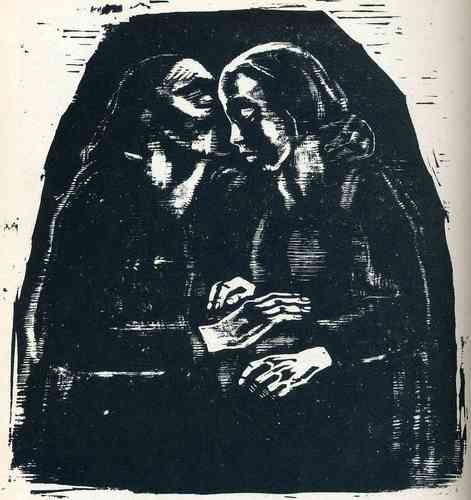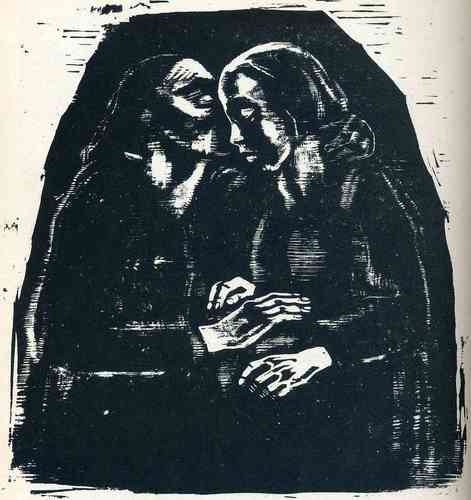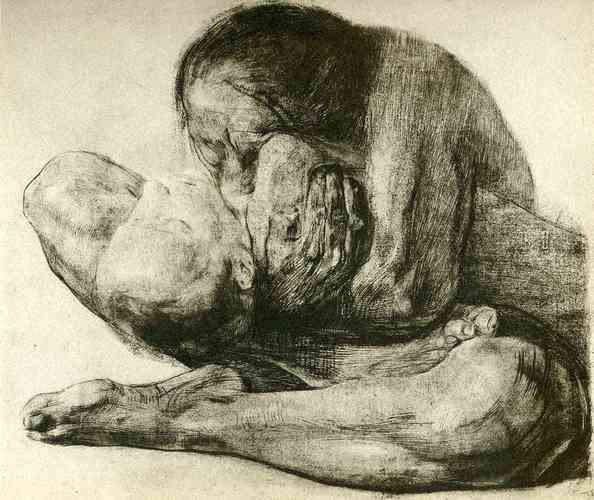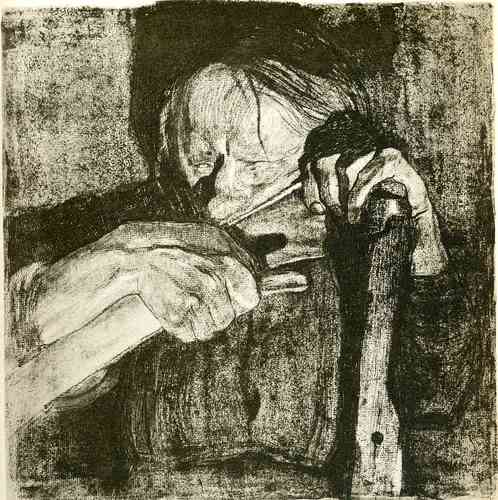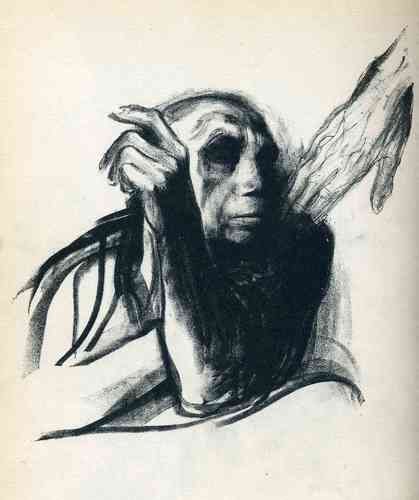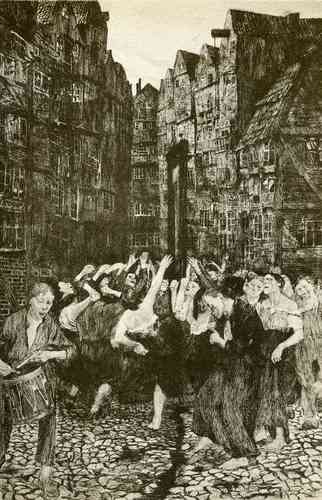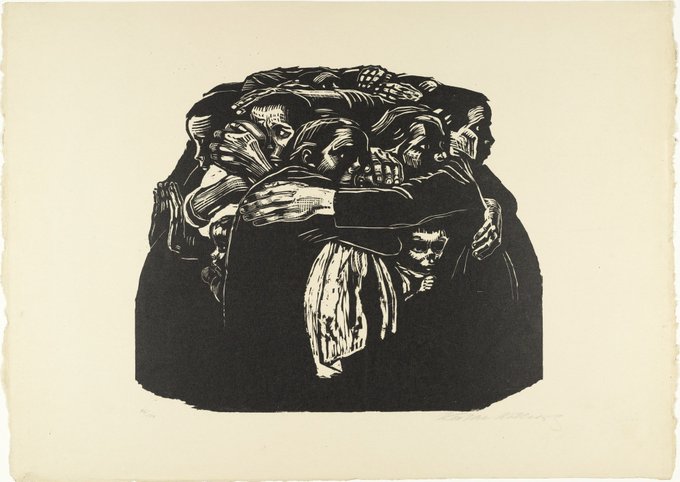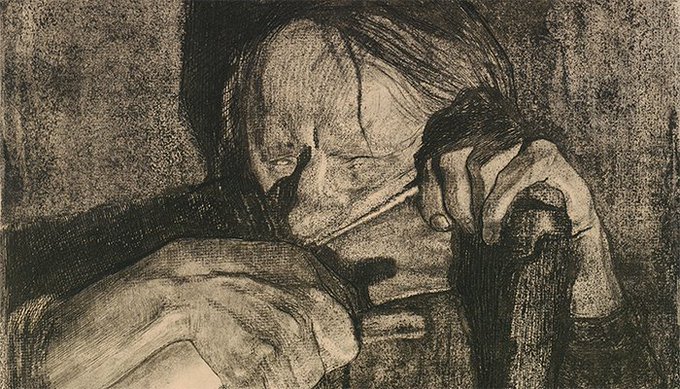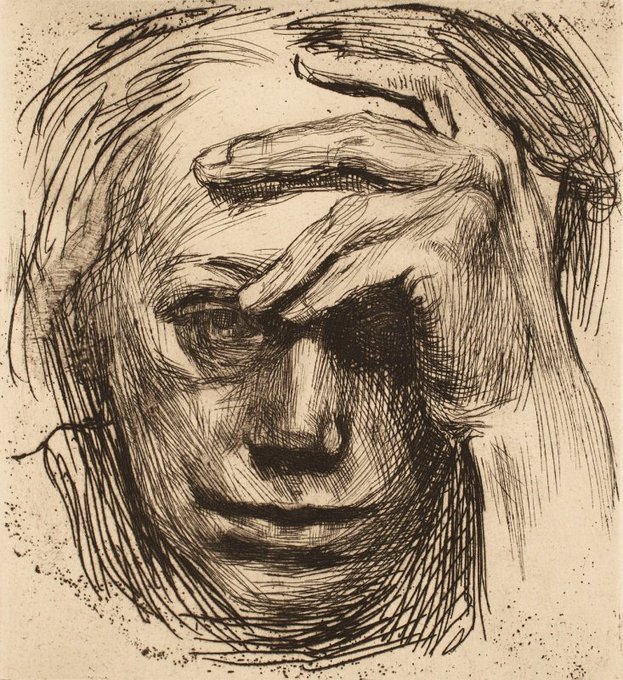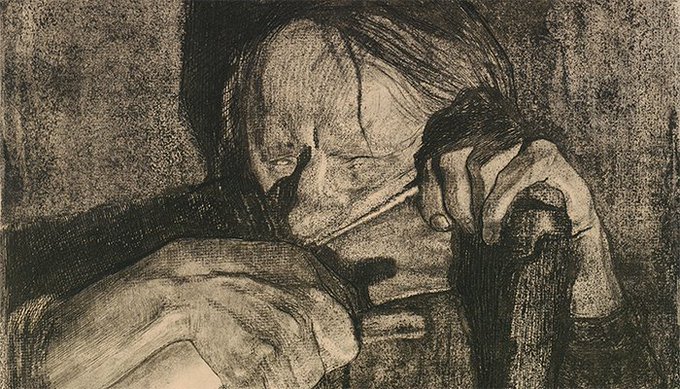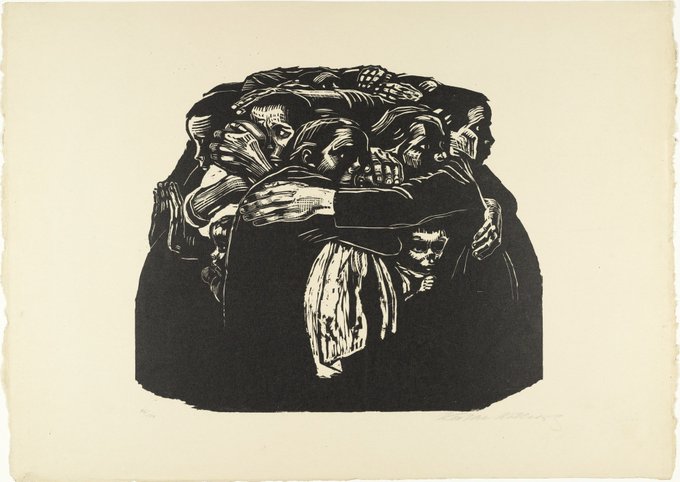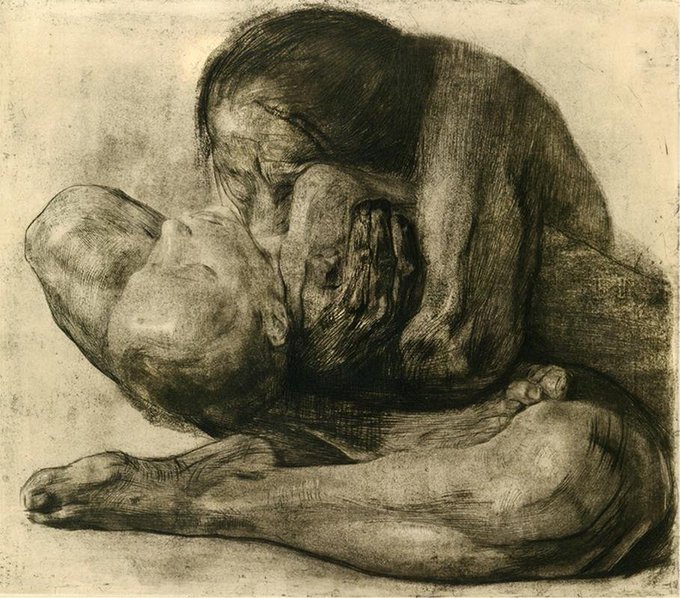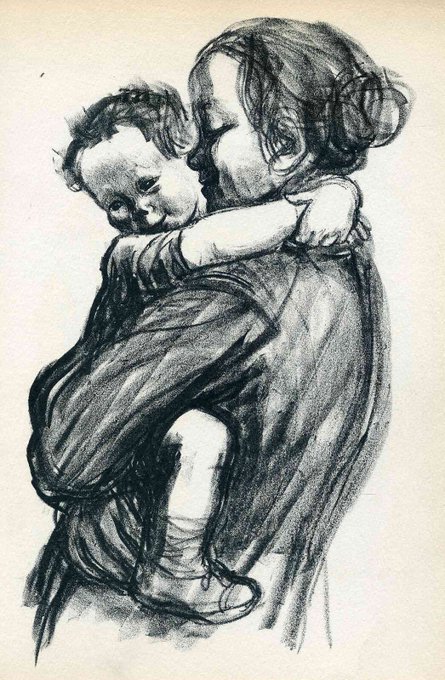kollwitzのTwitterイラスト検索結果。 365 件中 5ページ目
Thinking of Käthe Kollwitz and her passionate and bravely public hatred of war
22 September 1970: stamps issued in East Germany depicting works by Käthe Kollwitz, Ernst Barlach & Otto Nagel. This stamp shows Kollwitz's 'Nie wieder Krieg'.
@MorgainMcGover2 Hey! You might fancy Käthe Kollwitz @artistkollwitz. Thanks, @andreitr
@TheChrisGuest Ok, here's Käthe Kollwitz @artistkollwitz. Cheers, @andreitr
@jssondergaard Check out Käthe Kollwitz @artistkollwitz Cheers, @andreitr
Käthe Kollwitz, The Unemployed https://t.co/u04Cxy1hPP #museumarchive #artmuseum
@Healthcareguru3 Hey! You might fancy Käthe Kollwitz @artistkollwitz. Thanks, @andreitr
❝My work is not pure art… but it is art nonetheless. It is all right with me that my work serves a purpose. I want to have an effect on my time, in which human beings are so confused and in need of help.❞
—Käthe Kollwitz, born on this day, July 8, in 1867
#quoteoftheday
"I want to have an effect on my #time, in which humans are so confused and in need of #help."
Käthe Kollwitz (1867–1945) #bornonthisday in what is now #Russia
#quote #quotes #quotesoftheday #quotesaboutlife #quotestoliveby #quotesdaily #famousquotes #lifequotes
#artoftheday
"I want to have an effect on my time, in which humans are so confused and in need of #help."
Käthe Kollwitz (1867–1945) #bornonthisday in what is now #Russia
#contemporaryart #contemporaryartist #illustration #illustrationart #illustrationartists #printmaking #botd
#artoftheday
"I want to have an effect on my time, in which humans are so confused and in need of help."
Käthe Kollwitz (1867–1945) #bornonthisday in what is now #Russia
#art #artist #artists #fineart #arthistory #germanart #modernart #portrait #portraits #selfportrait #botd
German artist Käthe Kollwitz was born #OnThisDay in 1867. She is known for the empathetic quality of her art. Her prints, drawings, and sculpture are imbued with eloquent and often painful commentary on the human condition, especially the horrors of war.
1/2
Käthe Kollwitz
#botd July 8, 1867
Born in the Prussian city of Königsberg (now Kaliningrad, Russia), Käthe Kollwitz established herself in an art world dominated by men by developing an aesthetic vision centered on women and the working class.
https://t.co/c7t4Ly4kkh











